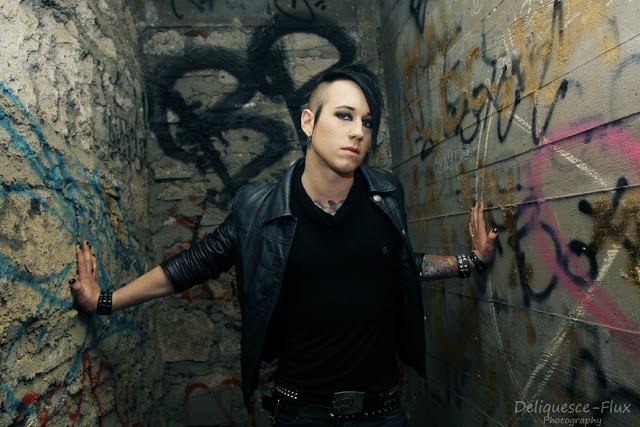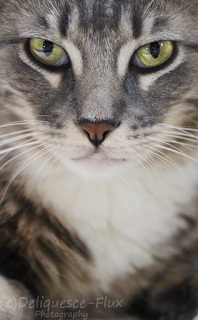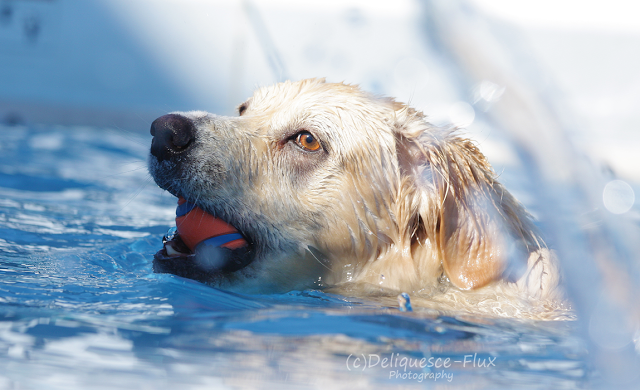 |
| Model: Derek Jochmann |
Although an artistic eye cannot be bought for any price, we do need equipment to bring our visions to life. Gear does not define the photographer, but instead breathes life into the ideas, making them tangible. Camera products and supplies are very subjective, but through my own working experience, there are a few things that I believe every photographer should have at their disposal!
- A 50mm Lens – Also known lovingly in the photo community as a “Nifty Fifty”, the 50mm lens is one that can be used for a variety of things. Notorious for its exceptional F-stop and close focus, the 50mm is one of the most commonly used lenses. That specific millimeter count is closest to the human eye, which provides a beautiful and accurate depiction of the scene. Due to that wonderful F-stop number this lens is also often used at night, as its ability to open its aperture quite wide allows in a lot of light. As the 50mm is a fixed lens and does not zoom, some opt for lenses with more versatility. Essentially, any lens that simply passes through the 50mm range (such as the 24-70mm, the most popular “walk around” lens on the market) is a wonderful choice.
- A Telephoto Lens – Sometimes your subjects are further away. Sometimes your subjects are shy. Sometimes your subjects are easily distracted. Solution? A snazzy telephoto lens of course! Typically better quality, sturdier build, and closer range than traditional zoom lenses, telephoto lenses allow you to position yourself away from your subject and photograph them in their natural habitats. A very popular telephoto lens is the 70-200mm, used by amateurs and pros alike. Although telephoto lenses are stereotypically only used only by nature and sports photographers, this collection of lenses has gained a lot of popularity in recent years as an efficient and fantastic alternative to zoom lenses. Telephoto lenses are used for anything from portraits, to live concerts, to wild birds, and even some macro photography (if shooting something you don’t really want to approach, such as a bee).
 - A Filter – Much like phone cases, filters are a godsend for lenses. Preventing their fragile glass from shattering during impact and protecting them from getting scratched, filters provide armor. However, filters can also be used as a “get your money” ploy from camera stores and online distributors. The truth of the matter is, any good quality lens already has the basics, such as UV protection, in it already (cheap lenses do not). If you have a lens of substantial quality, you have no need to spend extra money purchasing a filter with UV protection in it. Really, all you need in a filter is an extra layer of glass to absorb impact and/or prevent the actual glass from scratches!
- A Filter – Much like phone cases, filters are a godsend for lenses. Preventing their fragile glass from shattering during impact and protecting them from getting scratched, filters provide armor. However, filters can also be used as a “get your money” ploy from camera stores and online distributors. The truth of the matter is, any good quality lens already has the basics, such as UV protection, in it already (cheap lenses do not). If you have a lens of substantial quality, you have no need to spend extra money purchasing a filter with UV protection in it. Really, all you need in a filter is an extra layer of glass to absorb impact and/or prevent the actual glass from scratches! - A Good Light Source – You will not always be graced with the presence of a beautiful sunny day, or lovely bright clouds… so you need a good light source. As much as lighting is the bane of a photographer’s existence, it must be done. Lighting comes in all shapes, forms, and sizes, but at the end of the day it simply comes down to what works the best for you. The easiest solution I have found, and something I label as an absolute must-have for photographers, is a nifty LED panel that provides continuous light and is battery operated (no outlets required). These LED panels are mounted on your camera’s flash shoe, so they are portable as well. The intensity can be adjusted, and they can actually illuminate quite a large space. These panels were typically used by videographers, but photographers have begun catching on to their easy to use format and portability. You can find them lurking around various online shops, simply labeled as video LED panels.
- Photo Editing Software – Essentially the most controversial subject in the world of photography, but if you plan on making a living on your artwork photo-editing software is an absolute must. The leading industry standard is Adobe Photoshop, but other programs exist, such as GIMP and Alien Skin. This has nothing to do with your photography skills really- the fact of the matter is, cameras cannot always capture everything the way you would want them to (such as color). The solution is to use photo editing software to bring out the true life in the images. Alongside retouching, this software is also used to properly format images for printing, and to help the uploading process into photography storefronts such as Instaproofs. Programs such as Adobe Lightroom even allow you to upload your photo proofs directly into your online gallery!
Happy shooting!

Anabel DFlux is a California native who prefers to spend every waking moment with her trusty camera in hand. In 2009 she started her own photography business on a whim and a wish, and has since gone on to work for a variety of publications, companies, and unique clients throughout the country. With her foot in a variety of photographic doors, Anabel is recognized as a zealous individual with a passion for art that knows no bounds.